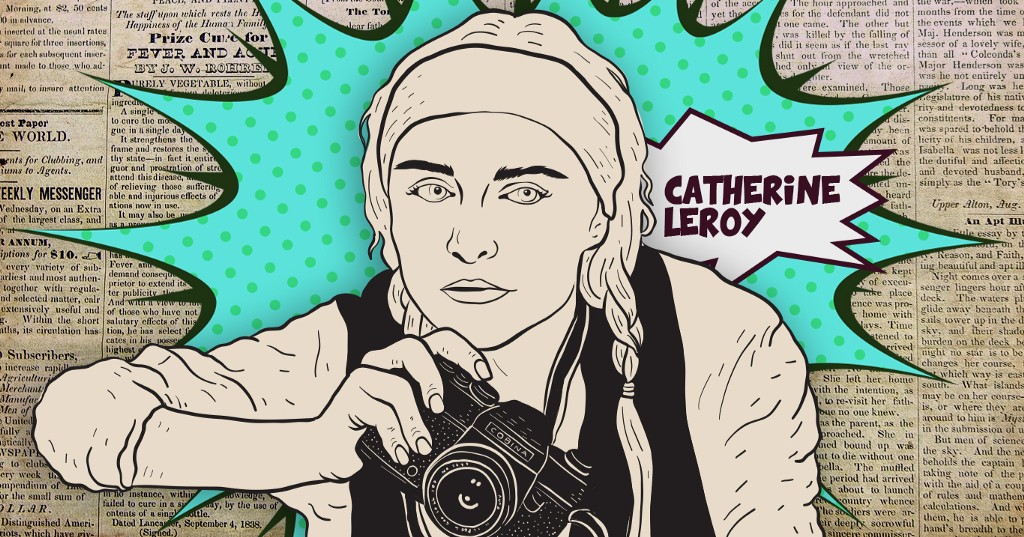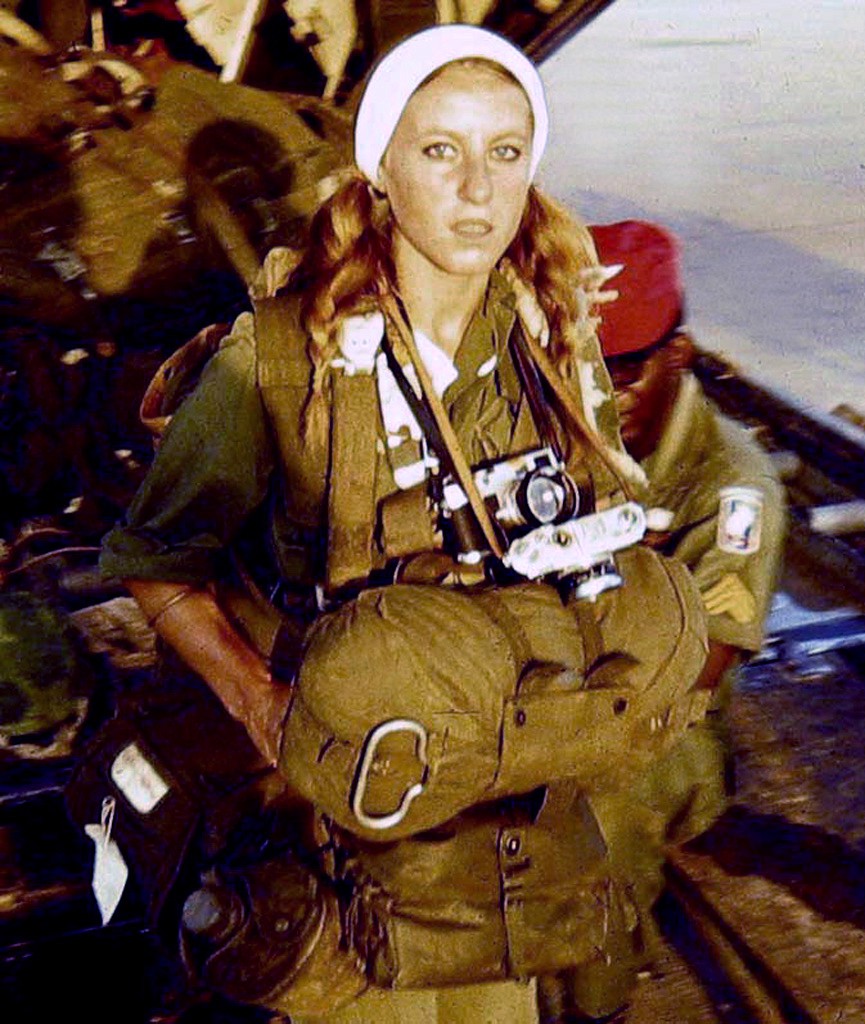Meet The Female Combat Journalist Who Humanized The Vietnam War

She dodged bullets, bombs and abject sexism.
Our Unsung Heroes series brings history’s unknown badasses out of the footnotes and into the spotlight.
Female photojournalists have covered conflict at least as far back as the Spanish Civil War (1936–39). Women have borne witness to both World Wars. According to the LA Times, 70 American women helped provide coverage of the US war in Vietnam. Some of them died in the process: An errant grenade killed Dickie Chappelle in 1965; two years later, Philippa Schuyler died during a helicopter mission.
The French photographer Catherine Leroy is one who survived, capturing some of the most moving images from the 20-year Vietnam War. In 1967, Leroy won a George Polk Award for Picture of the Year for her intimate depictions of soldiers on both sides of the conflict.

Leroy — who preferred to go by Cathy — was born in 1945 in Paris. She attended Catholic high school, where she studied music and briefly considered pursuing a career as a classical pianist.
As a 21-year-old in 1966, Cathy moved to Vietnam, intent on using photography to humanize the conflict. “I bought a one-way ticket to Saigon, and flew off with $150 and a Leica,” she says. “I wanted to be a war photographer, but I had never heard a shot fired in anger.”
Cathy traveled with the soldiers, shared their food and slept alongside them outside. A regular presence on the battlefield, Cathy captured some of the war’s most memorable photos, which she sold for just $15 each to news outlets like The Associated Press and United Press International.
Blazing trails in and out of combat
At five feet tall and only 85 pounds, Cathy was a pioneer for all women in media — but especially for female war correspondents. Cathy jumped out of planes, traversed enemy territory and — just as she once hoped — helped put a human face on the carnage and suffering.
The New York Times writes that Cathy was “widely considered the most daring photographer in Vietnam” and that “she almost certainly spent the most time in combat.” Cathy’s writing supports these claims — in a letter to her mother, Cathy says, “Not far from the Laos border, bloody combat is taking place between Marines and North Vietnamese regular troops. We go up the mountain single file, we assault the hillside and we’re shot at from Viets at the top, from the bottom of deep bunkers.”
Her pictures (some of which can be viewed here) depict soldiers deep in the throes of battle; dazed and confused, they clutch fallen comrades as bullets fly by and bombs explode in the background.

Cathy was also endangered by sexism. Per the New York Times, after parachuting into combat as part of Operation Junction City in 1967, rumors spread that she was only given permission to embed with the army unit after sleeping with a colonel. In reality, Cathy was an accomplished parachutist — she earned her license as a teenager and by the time she parachuted into Vietnam, she’d already done more than 80 jumps.
That same year, Cathy almost died when a piece of shrapnel ripped her chest open — the placement of her camera ended up saving her life.
In 1968, the North Vietnamese Army captured Cathy and a fellow French journalist. The two were able to talk themselves out of trouble, but Cathy used the opportunity to take photos of the opposing side. “A Remarkable Day in Hue: the Enemy Lets Me Take His Picture” ran as a Life magazine cover story alongside an article Cathy wrote about the experience.
After Vietnam ended, Cathy continued her career as a combat photographer, taking pictures in Somalia, Afghanistan, Iraq, Iran, Libya and Lebanon. Eventually, she retired from war coverage and transitioned into fashion photography. She founded a vintage clothing website called Piece Unique, which she ran until her death from lung cancer in 2006.
According to The New York Times, Cathy “never promoted herself or her work, which is one reason she remains largely unknown among the war photographers of the day.” A true unsung hero, Cathy helped paved the way for other female correspondents. It’s partly thanks to her that female journalists are “killing it” in their coverage of war-torn Syria.
